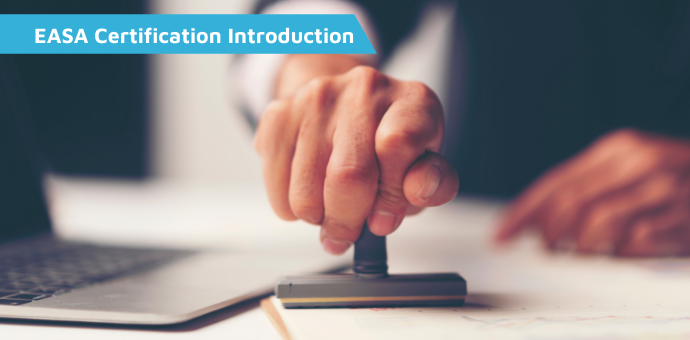Sofema Aviation Services (SAS) www.sassofia.com considers the European Certification Basics.
Introduction – What does EASA certify?
EASA is responsible for the “Certification” of:
- Aircraft
- Engines
- Propellers
- Other parts to be installed on aircraft & certain non-installed equipment
Certification Methodology
EASA checks all EU products for their airworthiness (including operational suitability) and their environmental performance against technical standards and requirements.
- For a new product, a certification team is established and they start their work by familiarising themselves with the product design.
- The applicable technical standards and requirements are determined (according to the type of products, detailed Certification Specifications (CSs) apply) and a Certification Programme is agreed.
- The compliance is demonstrated by the design organisation and checked by the EASA certification team according to the agreed Certification programme.
- The team issues a final report and issues the certificate only if the product passes all technical requirements and if no unsafe feature has been detected.
The certification of any of these products is an independent assessment of a design and a confirmation that it meets standards of safety and environmental protection that were established and evolved over decades, and, in the case of aircraft, that it is suitable for operation.
European rules and oversight mechanisms, including the maintenance of products, ensure that initial levels of safety are maintained throughout the product’s life.
Essentially each individual element, fitted on an aircraft shall be in compliance with the approved design of that aircraft Including engines, propellers, parts and appliances, standard parts and materials (raw and consumables).
Note – Components are made specifically for aviation purposes.
- The design has been approved in accordance with the applicable airworthiness requirements and each individual component has to be produced in accordance with the design specifications of that approved design, to be confirmed by an accompanying release certificate.
General Notes
- In 2018 the amended European Basic regulation introduced the term ‘non-installed equipment’ as an alternative for appliances.
- The use of standard parts and materials is not limited to aviation. They comply with generally established industry- or government specifications.
Continuing Airworthiness
- Throughout their life cycles, products are continuously monitored to make sure that they remain safe. If issues are identified, corrective actions are taken.
Concerning the Certification of Non-EU Product
Almost all components need European design approval. This approval needs to be issued through certification in accordance with EASA Part-21 requirements or through validation under the terms of a bilateral agreement signed by the European Community.
Note – Recognition of foreign certification systems is possible if bilateral agreements or working arrangements are in place, ensuring that EU technical standards can be met.
- The non-EU product certificates are then subject of an EASA validation, that can be automatic, streamlined (administrative) or with technical involvement (similarly to the certification of EU products) depending on the applicable agreement or arrangement.
In these agreements, the principle of ‘reciprocal acceptance’ applies.
The principle of ‘mutual recognition’ does not apply. It means that the parties of the agreement continue to issue their own approvals on the basis of the approval issued by the other party.
This principle does not apply to minor modifications, designs of non-critical replacement parts, and repair designs. In these cases, a design approval from one party is automatically valid for the other party.
Next Steps
Follow this link to our Library to find & Download related documents for Free.
We are pleased to provide Regulatory Compliant & Vocational Training as Classroom, Webinar, or Online Courses. Please see www.sassofia.com or www.sofemaonline.com or email team@sassofia.com for details.
Tags:
aviation, EASA, easa part 21, SAS blogs, EASA Certification, Certification Specifications (CSs), European Basic regulation, Certification of Non-EU Product




